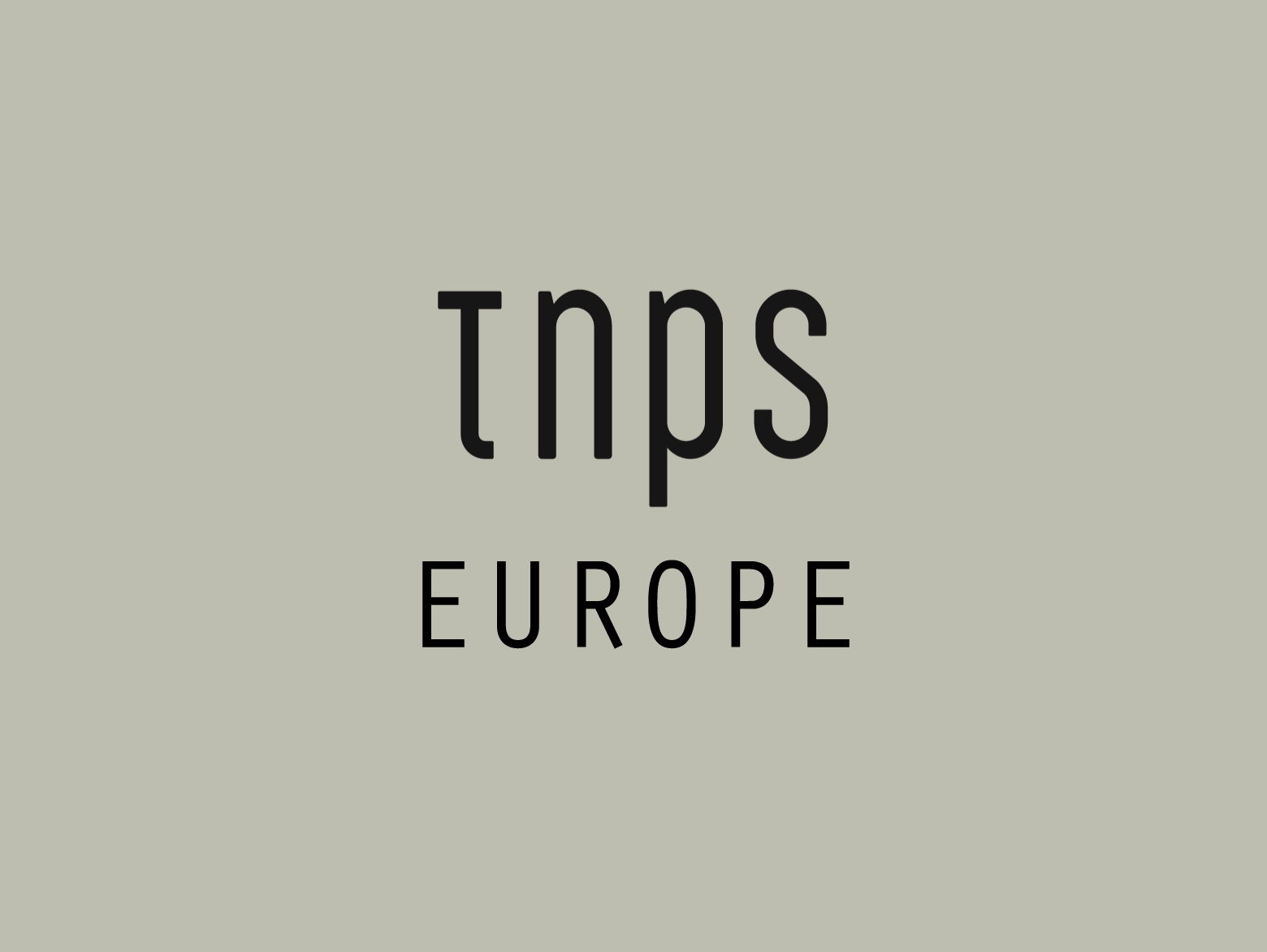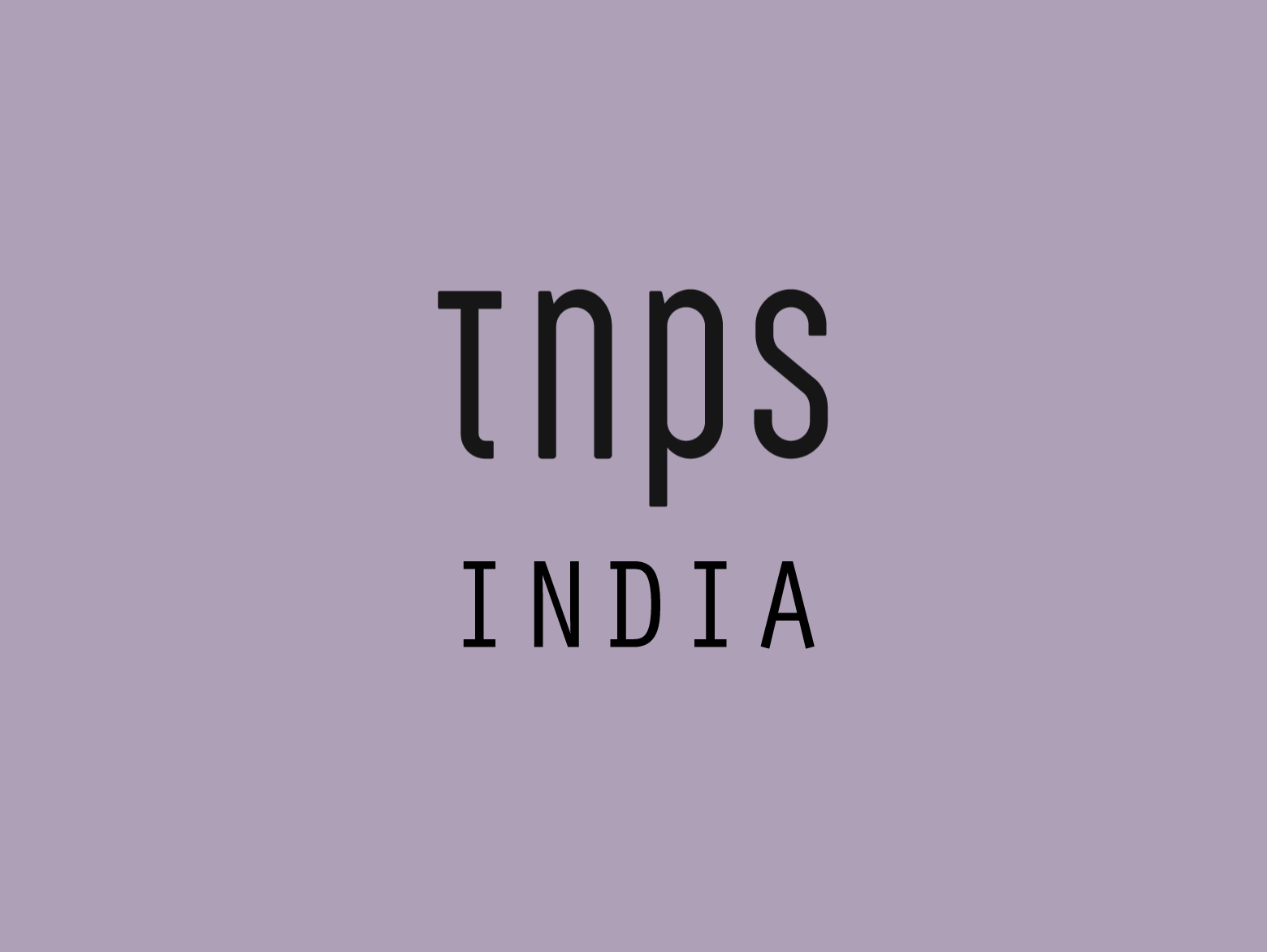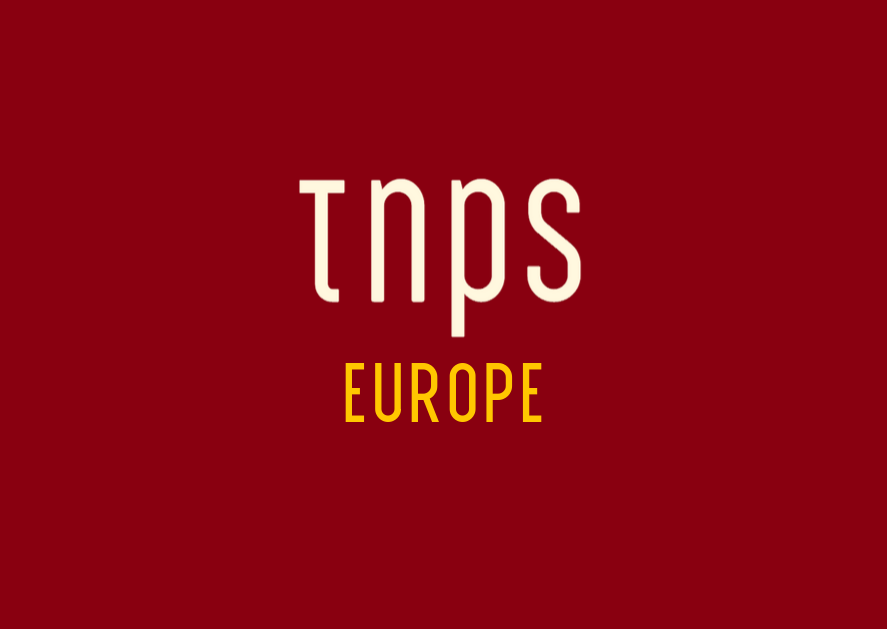The printing industry in Poland is prospering. The problem does not lie in low reading rates but in payment deadlines and the financial condition of publishers.
So runs a headline in Poland’s Investor this week in a post that conveniently leaves ebooks out of the equation as it addresses the fate of Poland’s book printers.
Nearly 40 percent of Poles read at least one book per year. The number of published titles is also growing, and since 1991 it has seen an almost threefold increase. One in ten Poles read 7 or more books per year.
Investor quotes Ruch Wydawniczy w Liczbach (Polish publishing in figures) as reporting that in 2017 there were more than 36,200 titles available, up threefold on 1991, and that following “substantial drops in 2004-2008, the reading rate in Poland has stabilised at approx. 40 percent.”
But for Poland’s printers, a low reading rate is not necessarily a bad thing. Printers after all, sell paper and ink, not content.
Speaking to Newseria Biznes news agency, Waldemar Lipka, President of printing firm Kompap, said,
A low reading rate is the problem of professors at Polish language departments, and what matters for us is the amount of books sold. The number of books and the reading rate are separate issues. For instance, libraries buying books now have much more possibilities. We also print books which are not designed for reading, e.g. manuals or similar items, which are released in hundreds of thousands copies. We all have several dozen books at home that we intend to read some day.
Small print runs are a bigger challenge. In 2010 the average circulation exceeded 5,700 copies, in 2014 it was 3,200, and currently around 2,500. The vast majority of titles have a much lower circulation – around thousand or less, with only big name authors seeing circulation of 100,000 plus.
Traditional offset print favours higher print runs where the economies of scale come into play, so as print runs diminish so digital printing becomes more viable.
Lipka explained,
Circulation below one thousand, and certainly that around 200-300, 500 copies, is best suited for digital publishing. In my opinion, this is an addition whose quality is beginning to match offset print. This is why we are taking a closer look at digital publishing. All the more so that the book delivery model has changed – someone orders 1000 books in the first print run, and then 100-300 in order to avoid storage costs.
So is the Polish printing industry struggling?
Yes, but because of cashflow, not empty order books, according to a study by Bisnode Poland, which claims that this past year the percentage of book publishing and selling companies with a poor financial standing has increased from 44 to 53 percent.
It seems unlikely that will improve.
The number of titles printed and published needs to be viewed in the context of Poland’ s size. A population of just 38 million, of which 29 million are online.
While the report on Poland’s printers naturally avoids the topic of ebooks, to see the bigger picture we need to bear in mind that, while Amazon has no Kindle store (KDP does not even support the Polish language) and there is only a token show from Apple and Google Play, Polish ebook subscription service Legimi is doing rather well.
According to Publishing Perspectives in March, Legimi has over 30,000 subscribers spending a average of $7.39 a month, with a 90% increase in revenues in the first half of 2017. Legimi, which also operates in Germany and has plans, bizarrely, to expand to China next, is part of a Polish ebook market that has grown from $11.7 million in 2014 to almost $30 million in 2017.
Poland’s Ebook and Audiobook Subscription Service Legimi Plans IPO for International Expansion
Still a fraction of the value of the Polish print market, but of course dollar (or zloty) values area misleading guide to the publishing market.
Ebooks can be much cheaper than printed books once costs of production, warehousing and distribution are factored out, and for printing firms the preference to pretend ebooks do not exist is understandable.
But as Waldemar Lipka said of print,
We all have several dozen books at home that we intend to read some day.
So true, Mr. Lipka. But how many more ebooks do we have unread on our devices and apps?
Perhaps the best hope for Poland’s printing industry lies in bringing more self-publishing ebook authors into the Polish print market.
Right now there is little incentive for Polish self-publishers to look at Print On Demand for the Polish market, and likewise little incentive for authors outside the country to target print Polish translations.





